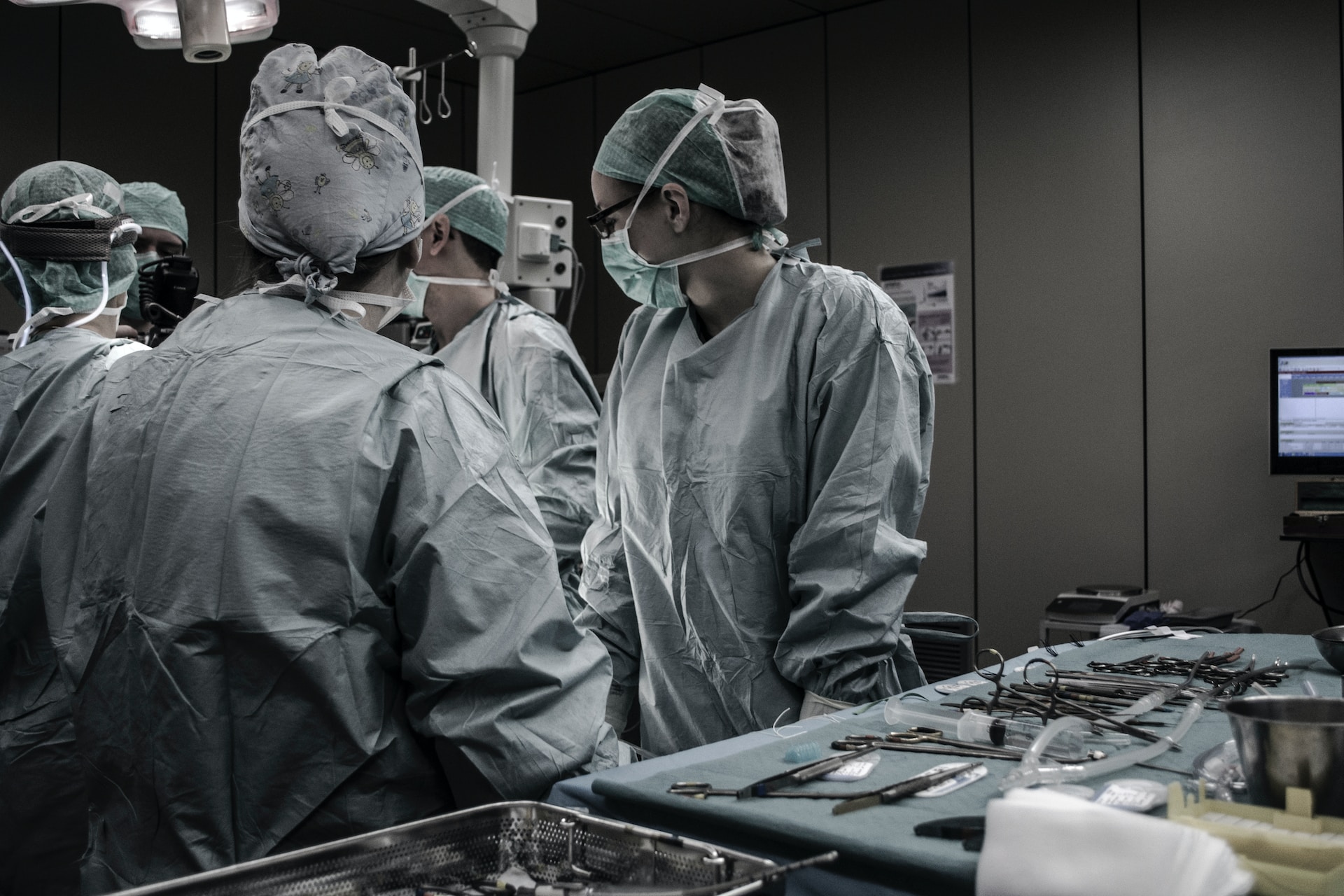The human face, a canvas of myriad expressions, hides profound secrets in each contour. Among these features, the nose holds a distinctive position, dramatically impacting one’s overall appearance. The influence of the nose on facial symmetry and aesthetic balance is immense, playing a significant role in shaping first impressions.
Hence, the desire to attain a specific aesthetic or to resolve breathing issues often leads individuals to consider rhinoplasty, a surgical procedure that modifies the shape or function of the nose. This transformative journey alters physical appearance and bolsters self-esteem, fostering a more positive self-image.
Contents
Deciphering the Procedure: Aesthetic and Functional Aspects
Nose correction, in essence, involves altering the bone, cartilage, or both, to modify the nose’s shape or restore its function. Aesthetic nose reshaping focuses primarily on changing the nose’s appearance to better suit an individual’s facial proportions, thus improving their self-esteem and confidence.
For many, it enhances their natural beauty, providing a sense of satisfaction that extends beyond the physical. Regardless of the motivation, a successful procedure is one that caters to an individual’s specific needs, keeping in mind their overall facial harmony.
The Process: From Consultation to Recovery
The journey towards nose reshaping surgery typically begins with a consultation where the individual’s medical history, aesthetic goals, and possible risks are discussed. The initial consultation offers a unique opportunity for both the doctor and the patient to align their visions, establishing a clear roadmap for the procedure.
The surgery itself can be performed under local or general anesthesia, depending on the complexity of the case. It may involve open or closed techniques, with incisions made either inside the nostrils or across the columella, the soft tissue separating the nostrils.
Post-operative care is then critical to a smooth recovery. The recovery period is integral to the process, involving post-surgery care, temporary lifestyle changes, and multiple follow-ups. This ensures the desired outcome is achieved and promptly addresses any potential complications.
Understanding the Risks and Expectations
While the prospect of nose reshaping surgery can be exciting, having realistic expectations and understanding the potential risks is essential. An individual considering nasal reshaping must bear in mind that results may take months to fully materialise due to swelling and healing times. In some cases, a secondary or revision surgery might be necessary.
Understanding the Recovery Process Post-Rhinoplasty
The recovery journey after a nose reshaping procedure is just as crucial as the surgery itself. Typically, the initial swelling and bruising start to subside within the first two weeks. However, some subtle swelling may linger for several months, making the final result of the surgery only noticeable after a year or so. It’s important to follow the surgeon’s instructions carefully during this time, including avoiding strenuous activity and wearing glasses.
Regular check-ups will be necessary to monitor the healing progress. Remember, patience and care during recovery play a significant role in achieving the best possible outcome. Pain medication may be provided to manage any discomfort post-surgery. Equally important is maintaining a balanced diet and adequate hydration to support the body’s natural healing process.
Conclusion
Over the years, rhinoplasty has emerged as a potent tool for facial transformation, balancing aesthetic appeal with functional benefits. It is not merely a surgical procedure but a personal journey of self-improvement and confidence-building. Despite the complexity of the procedure, its ability to enhance facial harmony and address respiratory issues has made it a popular choice for many individuals.
As one looks to the future, the refinement of surgical techniques and a deeper understanding of facial aesthetics are set to drive further advancements in this field. This will ensure that rhinoplasty continues to play a pivotal role in shaping the perception of beauty and well-being.



